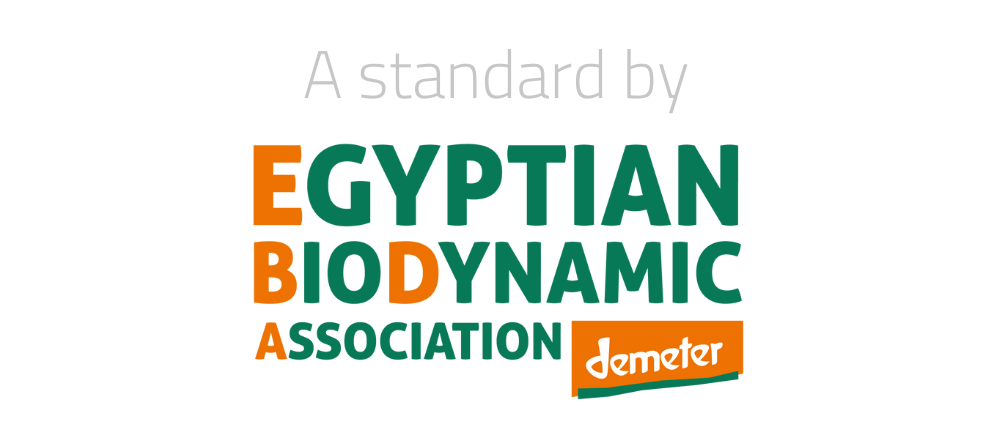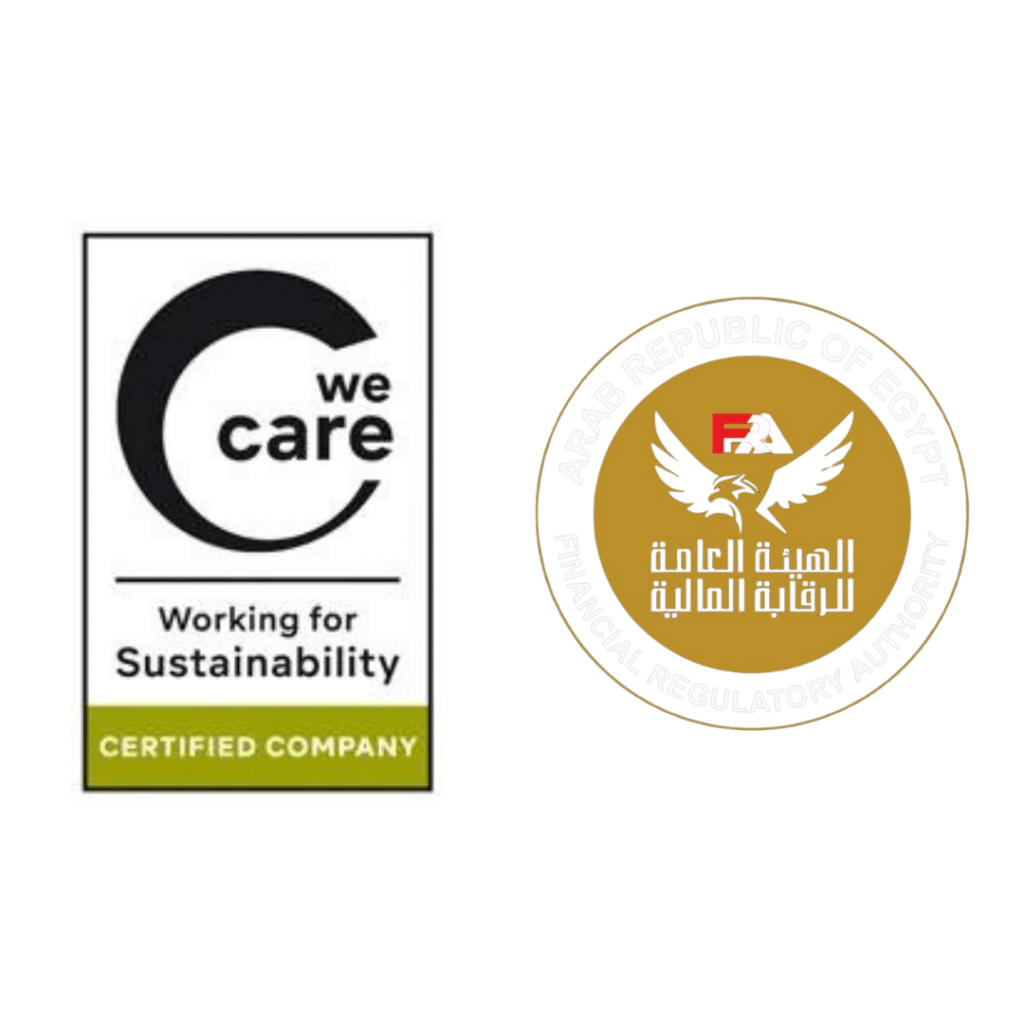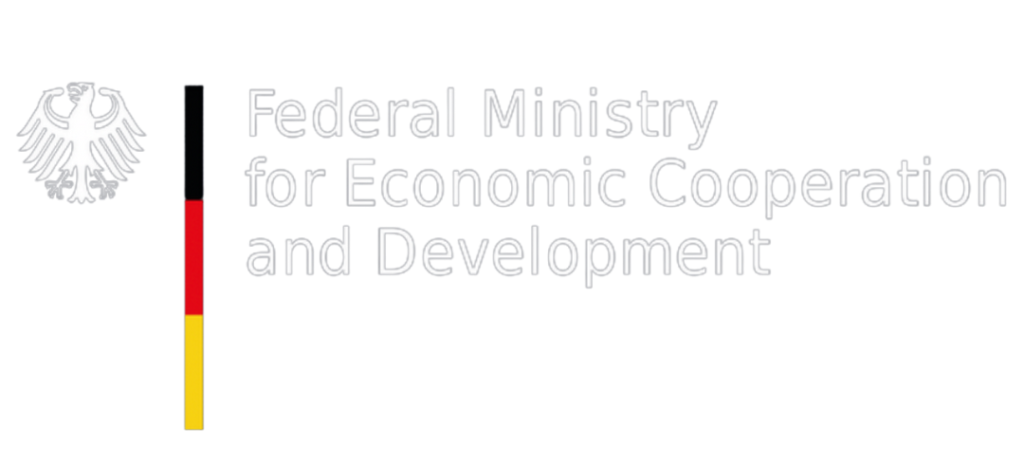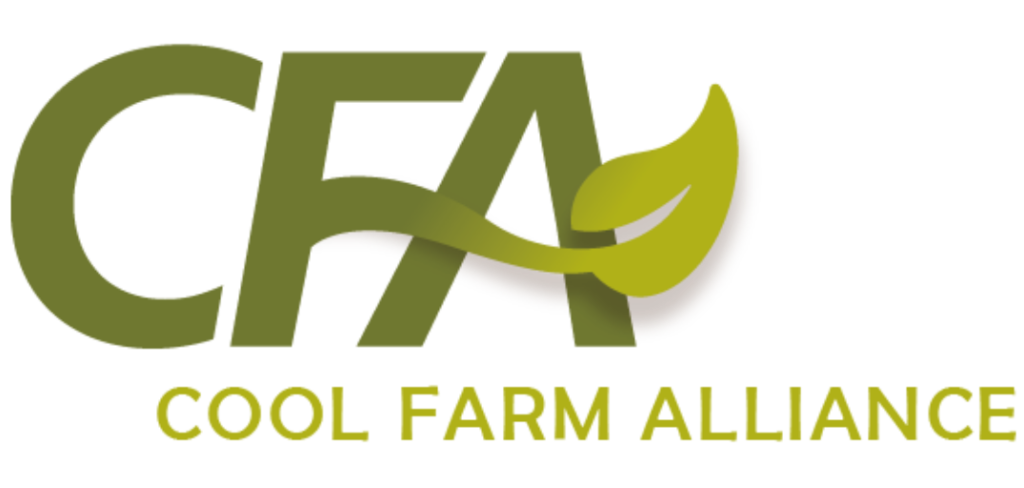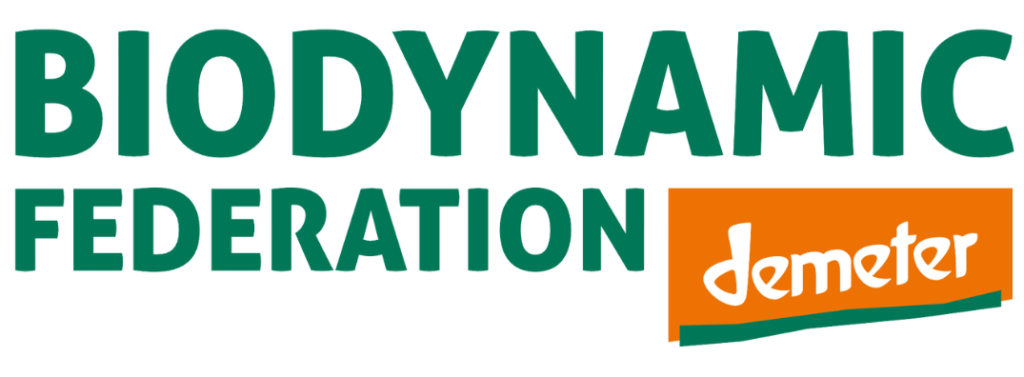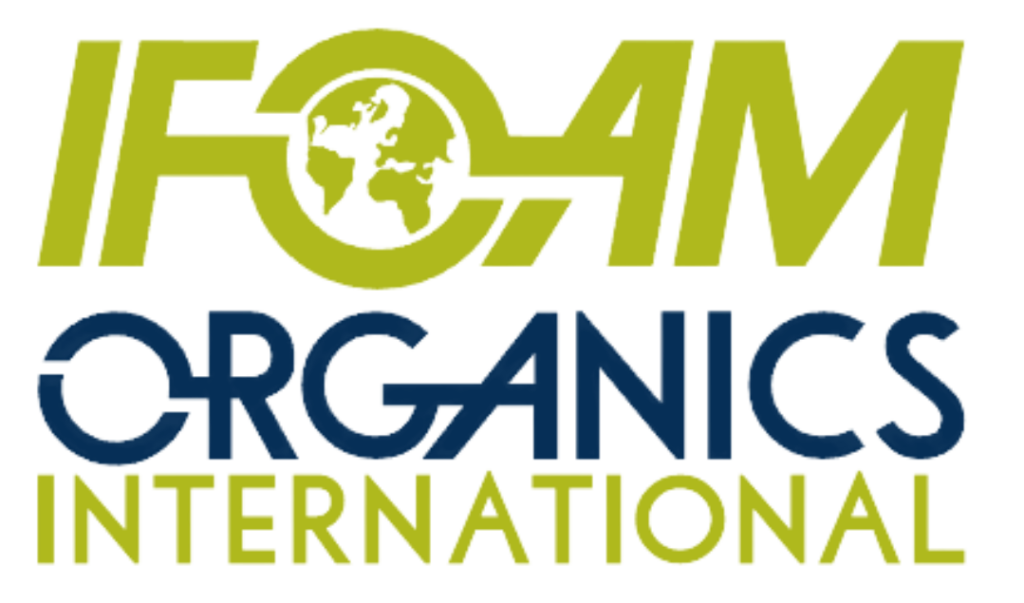
Net Carbon Removal
=

Carbon Removal Baseline
The carbon emission or removals under the baseline
-

Total Carbon Removal
The carbon removals under the Project Activity
-

GHG
Associated variation of direct and indirect GHG emission over the entire lifecycle of the project Activity during implementation or leakage where applicable.
How it Works
The Economy of Love Standard uses verified assessment tools to measure carbon emissions, sequestration, and avoidance, enabling the sale of carbon credits under verified conditions. To ensure a farm meets all EoL criteria, the following methodologies are applied:

Afforestation Projects

Soil Carbon Sequestration

Compost Production

Renewable
Energy
Afforestation, Reforestation and Revegetation

Afforestation, Reforestation, and Revegetation (ARR) activities focus on planting trees and restoring land to increase carbon sequestration. These activities are implemented on lands other than wetlands, following methodologies from the Clean Development Mechanism (CDM) which focuses on afforestation and reforestation in non-wetland areas, and from the IPCC Guidelines.
The project accounts for carbon sequestration in both aboveground and belowground biomass, using periodic monitoring to measure the survival and growth of trees. Key measurements include stem diameter, plant height, and width, which are used to calculate dry biomass. ARR activities employ tools like CDM’s carbon stock estimation methods for the restoration of degraded lands, and allometric equations to ensure accurate calculations. Additional methodologies include reforestation or afforestation of agricultural lands.
These guidelines ensure that carbon sequestration is properly monitored and reported, contributing to accurate carbon credit generation and sustainable land management practices.
Soil Carbon Sequestration

Soil carbon sequestration involves capturing and storing atmospheric CO₂ in the soil through various agricultural practices and land management techniques. Soils are the largest carbon reservoir on Earth, and changes in soil carbon levels can significantly impact atmospheric CO₂ concentrations.
Key practices that enhance soil carbon storage include planting cover crops like clover, minimizing soil disturbance through reduced tillage, integrating trees and shrubs into agricultural landscapes (agroforestry), adding organic material such as compost, and rotating crops to increase biomass and carbon input.
The Economy of Love (EoL) uses the IPCC Guidelines for Agriculture, Forestry, and Other Land Use (AFOLU) to estimate changes in soil carbon stocks. This involves collecting data on factors like climate and soil type, as well as conducting regular soil sampling to measure changes in soil organic carbon (SOC). EoL follows established protocols, including the GSOC MRV Protocol and VM0042, to ensure accurate monitoring and reporting of soil carbon sequestration.
Organic Waste Management

The Organic Waste Management methodology focuses on preventing methane emissions by composting agricultural waste, such as plant residues and animal manure, rather than allowing it to decompose anaerobically in landfills. Methane emissions are a significant contributor to greenhouse gases, and the aerobic composting process emits only CO₂, making it a more sustainable solution.
EoL follows the AMS-III.AF methodology which details how to avoid methane emissions by composting decayed municipal solid waste. In this process, the organic waste is placed in windrows for aerobic degradation, with strict control of oxygen levels, temperature, and humidity to ensure optimal composting. Without the project, organic waste would decompose anaerobically, releasing methane. Methane emissions are calculated using IPCC Guidelines factors for decaying biomass, ensuring accurate reporting of the emission reductions achieved. This approach not only reduces emissions but also produces high-quality compost that can be used as an organic fertilizer, supporting sustainable agriculture
Baseline
It refers to the emissions that would have occurred in the absence of the project. Establishing a baseline determines the “business-as-usual” scenario, which is essential for quantifying the project’s impact. The baseline scenario should represent the typical agricultural management practices—those that are prevalent in the farming systems included in the project before its start and that would continue in the absence of the project.
According to the FAO, the baseline and projected intervention management scenarios should be defined by indicating relevant historic and projected activity data for the areas being assessed. This includes information such as crop types, yields, tillage practices, fertilizer usage, organic amendments, and livestock density.
leakage
Leakage refers to the unintended increase in GHG emissions that occurs outside the project or activity boundary as a result of the project’s activities. It can happen if the project causes displacement or changes in stakeholder behavior, leading to unintended consequences that offset the GHG reductions achieved by the project. The leakage amount is deducted from the total project emissions removal, and this is accounted for by the buffer amount. Leakage will be assessed annually for each individual project activity, and any leakage emissions, along with other GHG emissions, will be deducted from the total carbon removal.
20%
The EoL Carbon Buffer
The EoL Carbon Buffer is based on solidarity and requires that 20% of the carbon credits issued for each project be withheld for five years. Every five years, assessments and evaluations are conducted on all member farms. If the calculations meet expectations, the withheld amount can be released. However, if carbon sequestration is not maintained or if carbon is released back into the atmosphere due to events such as wildfires, unplanned deforestation, termination of a long-term contract, or changes in management practices, the carbon credits accumulated up to that point will be compensated by the 20% carbon buffer. This safety measure ensures that the EoL standard actively upholds its commitment to long-term carbon sequestration.
Avoiding Double Counting
Double counting of CO2 certificates is a situation in which the same CO2 certificate is used to offset emissions in more than one emissions reduction project. This undermines the integrity of emissions reduction projects and the environmental benefits they provide.
The EoL certification standard is designed to prevent the double counting of CO2 certificates by requiring that each certificate is tracked and accounted for individually. This includes the insurance that the same certificate is not used more than once. EoL also requires that each certificate issued has a unique identifier and that all transactions involving the certificate are recorded in the secure, centralized EoL carbon registry. In partnership with the CFC, EoL created a coding system that depends on a serial number connected to a related ISO certificate, including farm code, name, invoices, the issue date, and the amount of CO2. Furthermore, the EoL registry allows credits to be assigned only once, and there is no option to transfer credits to any other account.
Ensuring Long-Term Carbon Sequestration
The Economy of Love Standard ensures that the emission reductions from sequestration
represent permanent carbon reductions, in cases like wildfire, change of land use or owner, etc. This is why the certification of EoL carbon sequestration is ensured through sustainable safeguarding steps that include abidance to the EoL criteria, requirements for carbon calculation, and going through the process of annual monitoring, reporting, and verification.

